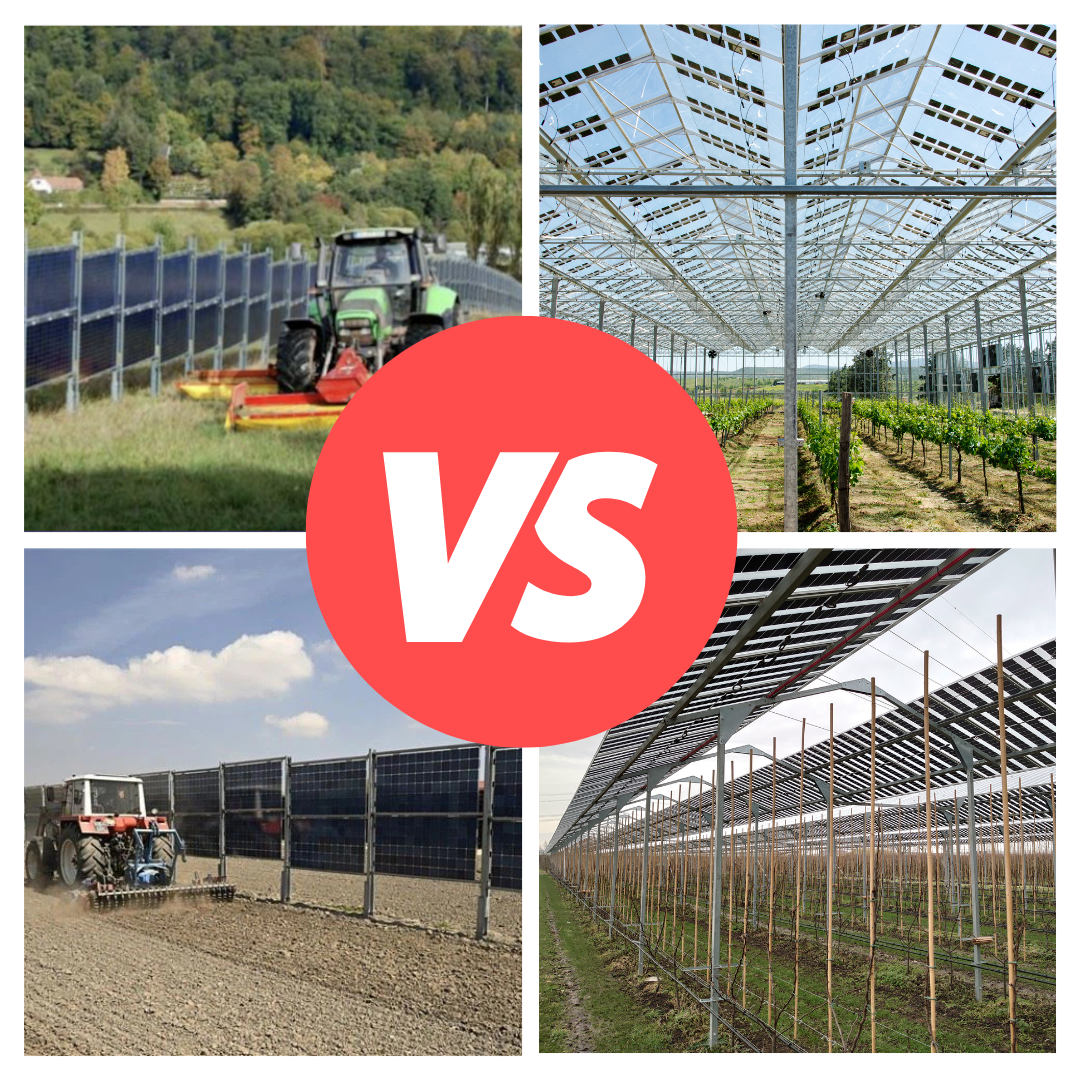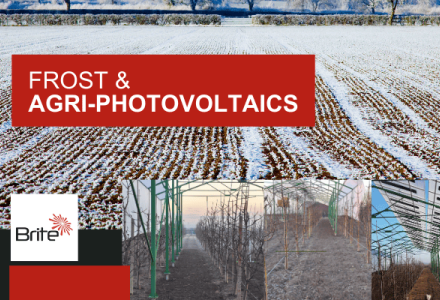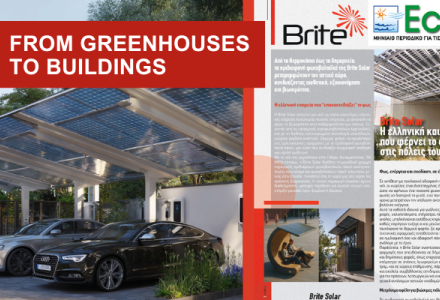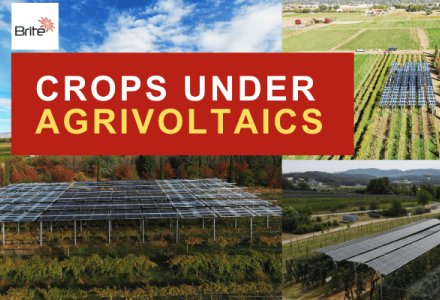The Challenges of Vertical Agrivoltaics and Alternative Solutions for Optimal Efficiency
In the quest for optimal agrivoltaic practices, various options emerge, such as vertical panel installations or placing them on greenhouse roofs and open-type canopy structures. However, the vertical configuration presents significant challenges that make other solutions more efficient.
Energy Loss Due to Vertical Arrangement: Vertical agrivoltaics, while offering an alternative approach to solar installations, come with certain drawbacks compared to more conventional setups:
- Reduced Efficiency Due to Angle of Incidence: The angle at which sunlight hits the solar panels plays a critical role in their efficiency. With vertical systems, the angle of sunlight results in less efficient absorption, particularly when the sun is lower in the sky.
- Limited Energy Production: Due to this angle, vertical panels struggle to generate the same amount of energy compared to solar panels installed on roofs or canopies, where the angle can be adjusted to maximize solar absorption.
Loss of Cultivable Land and Difficulty Using Agricultural Machinery:
- Reduction in Cultivable Area: Vertical systems require panels to be installed in rows, taking up valuable ground space. This limits the area available for cultivation, making them less attractive for farmers looking to fully utilize their land.
- Difficulty in Using Agricultural Machinery: Ground-level panel installations can hinder access to and the use of agricultural machinery, restricting operational space and making crop management more challenging.
- Insufficient Height for Maximum Efficiency: Due to their vertical placement, these panels are not positioned at an optimal height where they could capture more sunlight. Elevating panels, as with canopy structures or greenhouse roofs, allows for better sunlight exposure and thus improved performance.
- Lack of Protection from Weather Conditions: Vertical agrivoltaics do not offer any protection to crops from extreme weather events, such as strong winds, hail, or heavy rain. This makes them less suitable in regions with unpredictable weather.
Advantages of Installation on Greenhouse Roofs and Canopies:
- Optimized Efficiency: Placing agrivoltaics on greenhouse roofs or open-type canopies allows for better adjustment of the panel angle, thus improving their efficiency. This setup ensures greater absorption of solar radiation, regardless of seasonal changes in the sun’s position.
- Maximized Land Use: Installing panels on roofs and canopies allows for the full use of the ground for cultivation, as the panels are placed above the crops without restricting their growth.
- Enhanced Crop Conditions: Agrivoltaics in greenhouses also offer additional protection to crops from extreme weather conditions while allowing for better control of the light reaching the plants, boosting photosynthesis.
Conclusions: Choosing the right agrivoltaic system depends on the specific needs of each crop and the farmer's requirements. Despite the flexibility that vertical agrivoltaics offer, their energy loss, the reduction of cultivable land, limitations in using agricultural machinery, and lack of weather protection make them less efficient in many cases. Agrivoltaics on greenhouse roofs or canopies provide a more comprehensive solution, ensuring high energy efficiency and better land use.
























